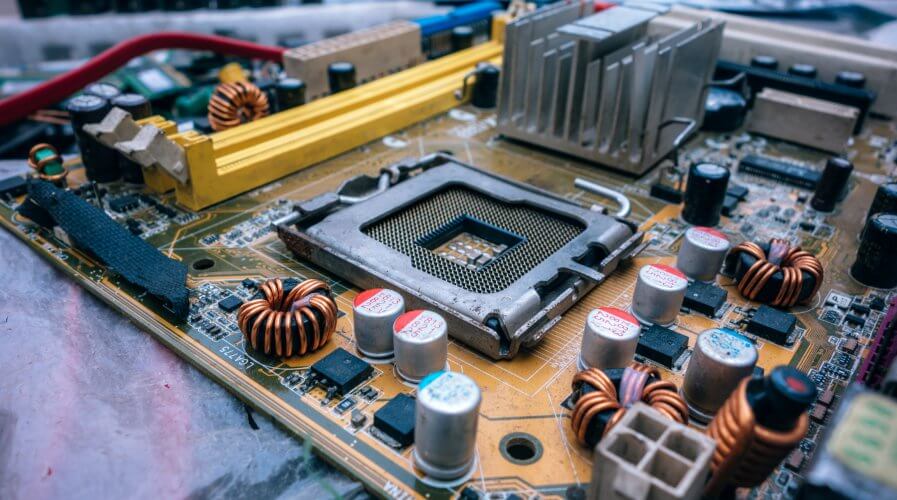
The Internet of Things makes servitization more feasible | Source: Pexels
Why manufacturers are the new service providers
WHEN manufacturers develop the capabilities to provide services and solutions to supplement their products, they transform their business to adopt the servitization model.
In an increasingly complex world, manufacturers find that transforming into service providers can offer many advantages.
Servitization allows manufacturers to bundle their product with a core service – which further deepens and strengthens the relationship with the customer.
It also helps bring in additional revenues to bolster the company’s finances and improves customer retention rates by creating significant value with its redefined offering.
However, from the very beginning, servitization has been a model reserved for manufacturers of high-tech equipment.
Rolls Royce, for example, launched the TotalCare program sometime in the 1990s. It bundled aircraft engines with optimization and maintenance services in a pay-per-use type of offering where customers paid for “(engine) power by the hour”. The program has been a roaring success since inception.
For a customer’s point of view, if manufacturers use servitization offer the product and service as a bundled offering, then they benefit since they only incur a small(er) charge to use the product that would otherwise take serious capital investment – to procure and maintain.
On the other hand, if servitization induces the manufacturer to simply offer services as an add-on subscription, then customers benefit as they’re able to optimize the use and maintenance of the product.
What’s driving servitization?
While the term servitization was coined sometime in the 1980s, up until a couple of years ago, manufacturers didn’t leverage new-age digital technologies to re-think how they expand their portfolio of offerings to include services.
In fact, aside from high-tech equipment manufacturers, nobody else cared much about the model.
Consumer durables, for example, or manufacturing of plumbing devices such as water pumps didn’t see how servitization could help them, given the low cost of acquisition, repair, and replacement of their products.
However, using the Internet of Thing (IoT), big data analytics, and artificial intelligence can create a lot of exciting opportunities for manufacturers.
It is these technologies that helped make servitization an option for more manufacturers, not just those that deal with high-tech industrial equipment.
Using sensors embedded into products, manufacturers can monitor the use of their products while customers have deployed them on the field.
In a connected environment, this data can be tracked and analyzed in real-time, to ensure customers receive the support they need – when they need it most.
Hewlett-Packard, for example, is using servitization and IoT to offer Printing as a Service to consumers and small businesses.
Tennant, reports SAP, is using the combination to improve its cleaning services – helping users understand data gathered by the company’s equipment on their premises to optimize its use.
MAN Truck and Bus, also now runs on a Truck-as-a-Service model.
Technology is the reason why manufacturers are the new service providers, and the revolution isn’t limited by industry segment. Whether you manufacture coffee machines or copy machines, consider how servitization and IoT can help you earn a competitive edge over the competition.
READ MORE
- Safer Automation: How Sophic and Firmus Succeeded in Malaysia with MDEC’s Support
- Privilege granted, not gained: Intelligent authorization for enhanced infrastructure productivity
- Low-Code produces the Proof-of-Possibilities
- New Wearables Enable Staff to Work Faster and Safer
- Experts weigh in on Oracle’s departure from adland








